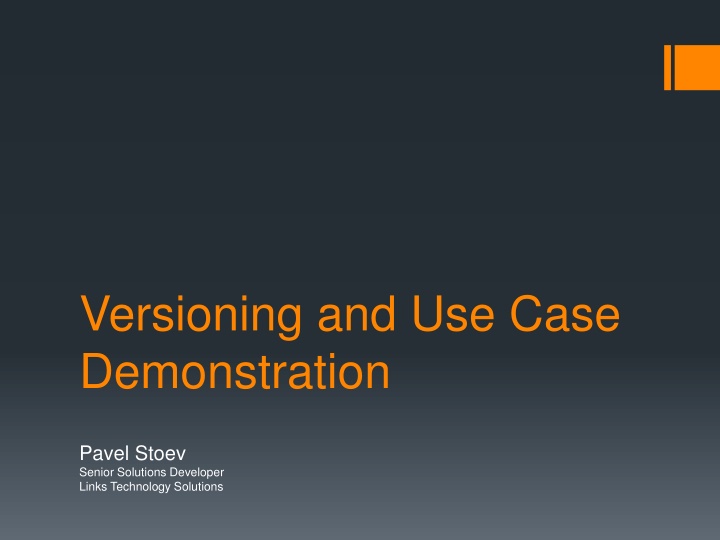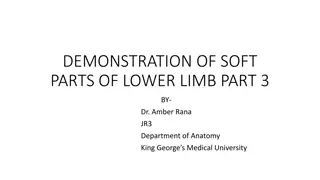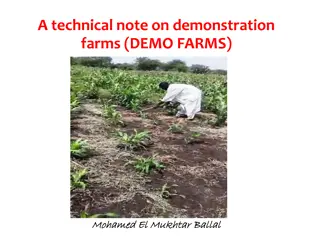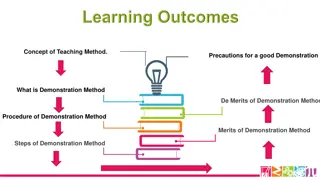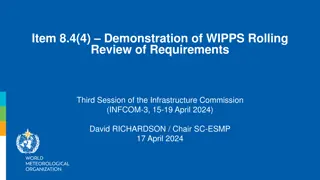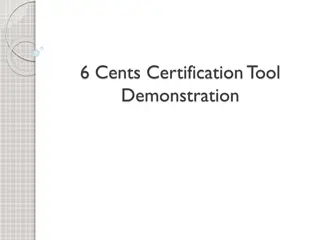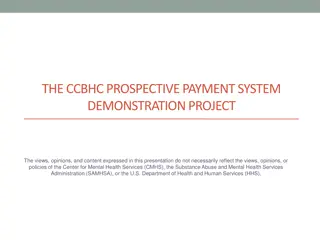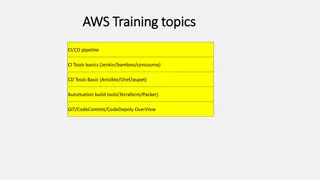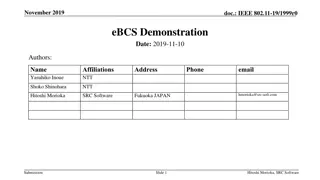Versioning and Use Case Demonstration
This presentation covers the importance of versioning and how it is done, along with insights into creating XML schemas. Topics include terminology, definitions, major vs. minor changes, and eForms standards evolution. Learn about versioned XSD documents, schema validations, and eForms standard terminology.
Download Presentation

Please find below an Image/Link to download the presentation.
The content on the website is provided AS IS for your information and personal use only. It may not be sold, licensed, or shared on other websites without obtaining consent from the author.If you encounter any issues during the download, it is possible that the publisher has removed the file from their server.
You are allowed to download the files provided on this website for personal or commercial use, subject to the condition that they are used lawfully. All files are the property of their respective owners.
The content on the website is provided AS IS for your information and personal use only. It may not be sold, licensed, or shared on other websites without obtaining consent from the author.
E N D
Presentation Transcript
Versioning and Use Case Demonstration Pavel Stoev Senior Solutions Developer Links Technology Solutions
Proviso The following presentation covers two important topics on the agenda for the subcommittee: 1. 2. A discussion of why versioning is so important and how it might be done How we have created XML schemas in the past when faced with a similar challenge We hope that the presented materials are relevant and spark lively discussion.
Agenda Terminology and Definitions What an eForms standard might look like? How would an eForms standard evolve over time? Our workflow for creating XML schema Demonstration Q & A
A versioned .xsd document that bundles the data dictionary, validations dictionary, and lookup dictionary to XSD format. XSD schema validates content of XML documents. XSD Schema Terminology & Definitions
A version is [MAJOR].[MINOR] (e.g. 0.1, 1.0, 2.15). Major component is incremented for breaking changes, minor for non-breaking changes. Breaking Change A change in one part of a software system that potentially causes other components to fail. Breaking change breaks backwards compatibility. Breaking changes cause MAJOR component of version to increase and MINOR to reset to 0 (e.g. 1.0 followed by 2.0). Non-Breaking Change A change in one part of a software system that does not cause other components to fail. Non-breaking change maintains backwards compatibility. Non-breaking changes cause MINOR component of version to increase without change to MAJOR (e.g. 1.1 followed by 1.2). Version Terminology & Definitions
A versioned collection of versioned documents that describes the schema, data and validations related a specific eForm (e.g. Form 6Q). eForms Standard Terminology & Definitions
Form 6Q XSD Schema 1.0 Form 6Q Lookup Values Dictionary 1.0 Form 6Q Data Dictionary 1.0 Form 6Q Validations Dictionary 1.0 Form 6Q eForms Standard 1.0 What an eForms standard might look like?
Form 6Q XSD Schema 1.0 Form 6Q XSD Schema 2.0 Form 6Q XSD Schema 1.0 Form 6Q Lookup Values Dictionary 1.0 Form 6Q Lookup Values Dictionary 1.1 Form 6Q Lookup Values Dictionary 2.0 Form 6Q Data Dictionary 1.0 Form 6Q Data Dictionary 1.0 Form 6Q Data Dictionary 2.0 Form 6Q Validations Dictionary 1.0 Form 6Q Validations Dictionary 1.0 Form 6Q Validations Dictionary 2.0 Form 6Q eForms Standard 1.0 Form 6Q eForms Standard 1.1 Form 6Q eForms Standard 2.0 Initial Release Non-breaking update to FORM 6Q lookup value (e.g. add/update/remove rows for Time Zone) Breaking updates to schema, lookup values and validations (e.g. new fields that require non-blank values) How would a eForms standard evolve over time?
Form 6Q PDF Forms Form 6Q FoxPro Database Structure Existing Data Convert existing data to XML XML Form 6Q Data Dictionary Form 6Q Lookup Values Dictionary Form 6Q Validations Dictionary Convert XML to XSD Adjust XSD as necessary Documents XSD Form 6Q XSD Schema Form 6Q Data Dictionary Form 6Q Lookup Values Dictionary Form 6Q Validations Dictionary XSD Documents Actual standard documents Relevant online and offline resources eForms Standard Form 6Q XSD Schema XSD Actual standard documents Relevant online and offline resources eForms Standard Our workflow for creating XML schema
DEMONSTRATION Sample 2013 Q4 FORM 6Q submitted by Shell
XML Structure Name Report Respondent Corporation Parent QuarterlyPeriod Voting Stock Percent Owned id, version, isOriginal, date Report Section (e.g. Identification) FORM 6Q Name Report Section (e.g. Corporations Controlled by Respondent) Report Sections Corporation Parent Report Section (e.g. Officers) Voting Stock Percent Owned Name Corporation Footnotes Parent Voting Stock Percent Owned Note 1:Unique identifiers can be used to cross-reference elements in the XML structure Note 2:Binary content (attachments, files) can be supported within XML data (e.g. in footnotes)
Thank you! pstoev@linkstechnology.com
